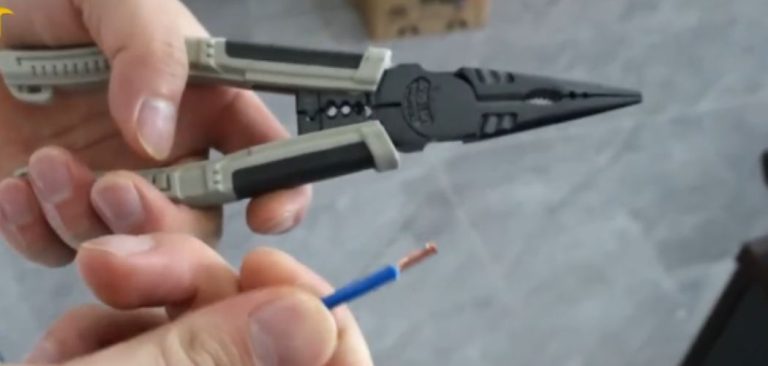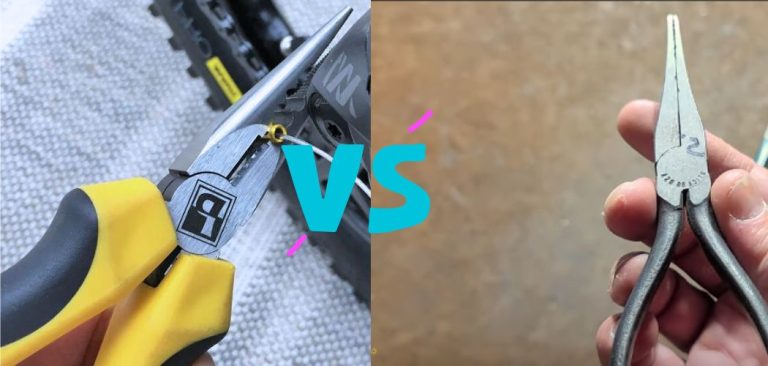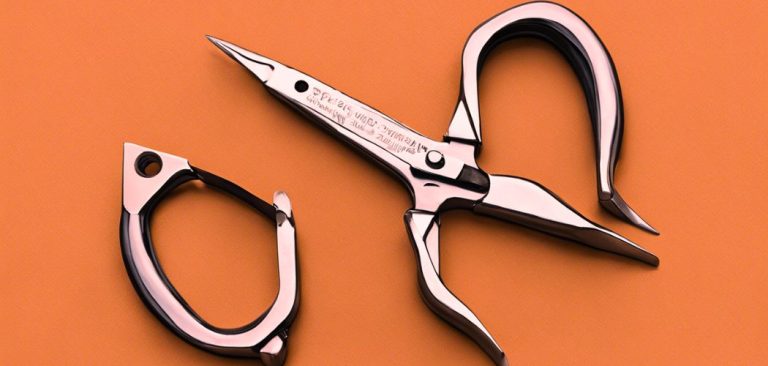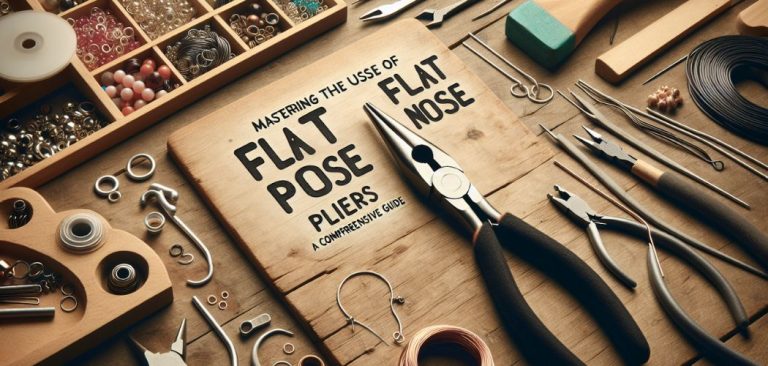Pliers Vs Wire Cutters
As we begin our exploration, let’s start with an important note: many people inadvertently use pliers to cut wires or vice versa, damaging their tools. It is best to understand the difference between these essential tools to avoid unintentional damage to your projects.
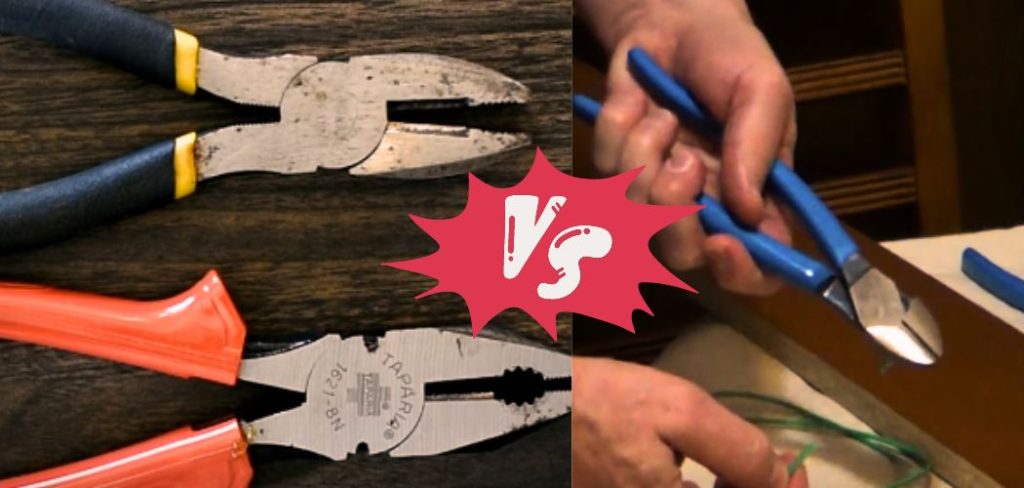
Now, let’s uncover the unique features of pliers vs wire cutters, making sure you use them with precision in your toolbox endeavors. So I request you to ride with me, as your friend.
What Are Pliers Used for?
Pliers are versatile tools used for gripping, bending, cutting, and shaping objects. With their two handles and serrated jaws, they provide a secure grip on bolts, nuts, wires, and pipes. Pliers also excel at cutting and stripping wires or cables, making them indispensable in electrical work.
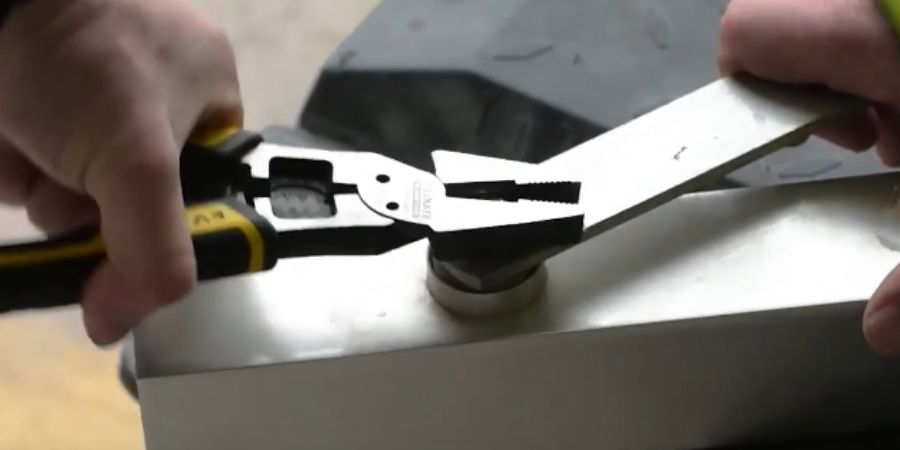
Additionally, pliers are valuable for manipulating small or delicate items, extracting objects from tight spaces, and even holding fasteners during installation. Their versatility and usefulness make pliers an essential tool for various projects and everyday tasks.
What Are Wire Cutters Used for?
Wire cutters, also known as diagonal cutting pliers, are specialized tools designed for precise cutting of various wires.
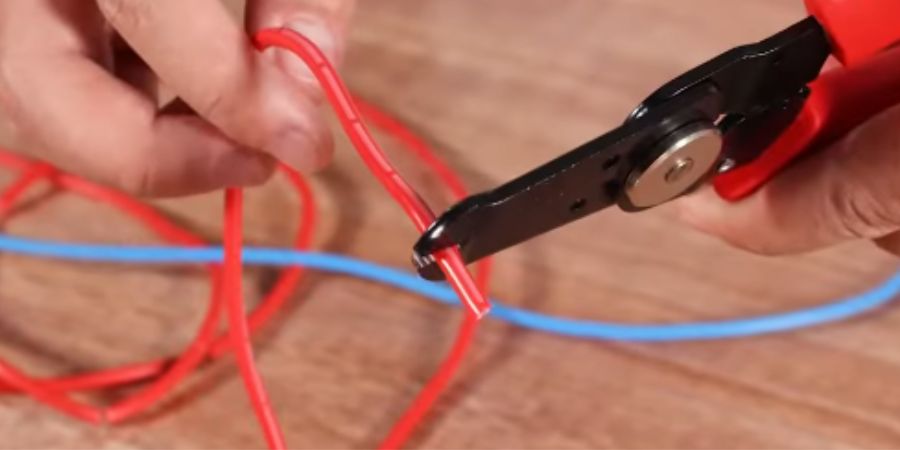
With sharp, beveled edges, they excel in electrical work, telecommunications, and DIY projects. Ideal for cleanly cutting wires and stripping insulation, these versatile tools come in various sizes, meeting the needs of professionals and hobbyists alike.
If You Use Pliers Against Wire Cutters What’s Wrong ?
Using pliers against wire cutters may not yield the desired results because the tools are designed for different purposes. Pliers are versatile tools primarily used for gripping, twisting, and bending objects. While they can grip and hold wires, they are not specifically designed for making clean and precise cuts.
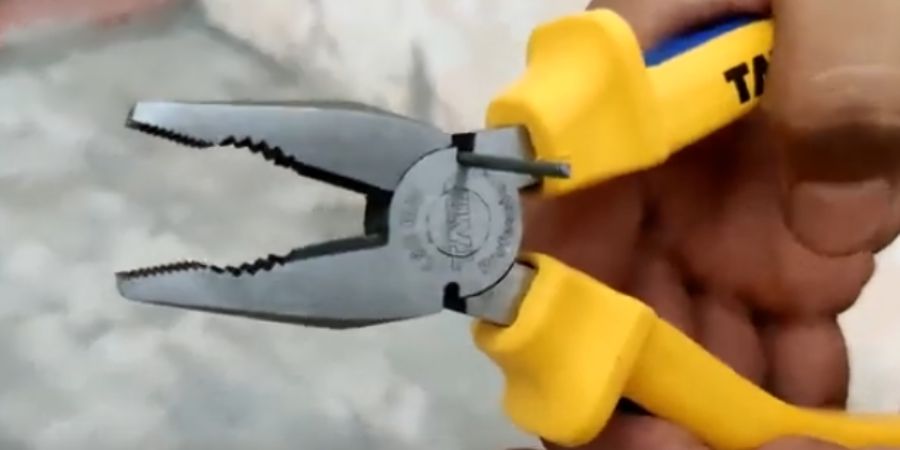
On the other hand, wire cutters are specialized tools with sharp, beveled edges intended for cutting wires cleanly and accurately. If you attempt to use pliers for cutting wires, you may find it challenging to achieve a clean cut, and there’s a risk of damaging the wire or the tool itself.
What is the Actual Difference Between Pliers Vs Wire Cutters?
The Multifaceted Pliers
Pliers, the versatile workhorse of the toolbox, are a multipurpose hand tool renowned for their adaptability. These gripping devices come in various types, including needle-nose, slip-joint, and lineman’s pliers, each tailored to specific tasks.
The defining characteristic of pliers is their dual jaws, which facilitate a firm grip on objects, making them ideal for holding, bending, and manipulating materials.
Pliers are a go-to tool for tasks ranging from twisting wires to gripping and turning nuts and bolts. Their inherent flexibility makes them indispensable in a myriad of scenarios, where a strong, controlled grip is paramount. From plumbing repairs to electrical work, pliers find application across diverse fields, earning their reputation as a toolbox staple.
The Precision of Wire Cutters
On the other end of the spectrum, wire cutters epitomize precision and efficiency. While pliers boast versatility, wire cutters excel in the singular task of cleanly severing wires. Characterized by their sharp, precisely aligned cutting edges, wire cutters are engineered to provide a clean and controlled cut without causing damage to the surrounding materials.
Wire cutters come in various forms, such as diagonal cutters, end-cutting pliers, and even specialized cutters for specific wire types. The ergonomic design of wire cutters allows for meticulous control, making them ideal for tasks where precision is paramount, such as electronics work, cable stripping, or any application requiring a clean and accurate cut.
The Distinctive Divide
While both pliers and wire cutters share the commonality of gripping, the distinction lies in their primary functions. Pliers excel at providing a versatile grip, making them indispensable for tasks that demand manipulation and control. Conversely, wire cutters are engineered for precision cutting, excelling where accuracy is key.
In essence, the choice between pliers and wire cutters depends on the nature of the task at hand. For a task requiring a strong, adaptable grip, pliers are the tool of choice. Conversely, when finesse and precision are paramount, wire cutters step into the limelight, ensuring a clean and accurate cut without compromise.
Where Do You Use Different Types of Pliers?
There are different types of pliers and they are used in different applications, so let’s learn about them.
Parallel Pliers
Engineered for a secure grip on square or hexagonal fastenings and wire. Evenly distributes pressure, providing stability. May not be the optimal choice for intricate or detailed work.
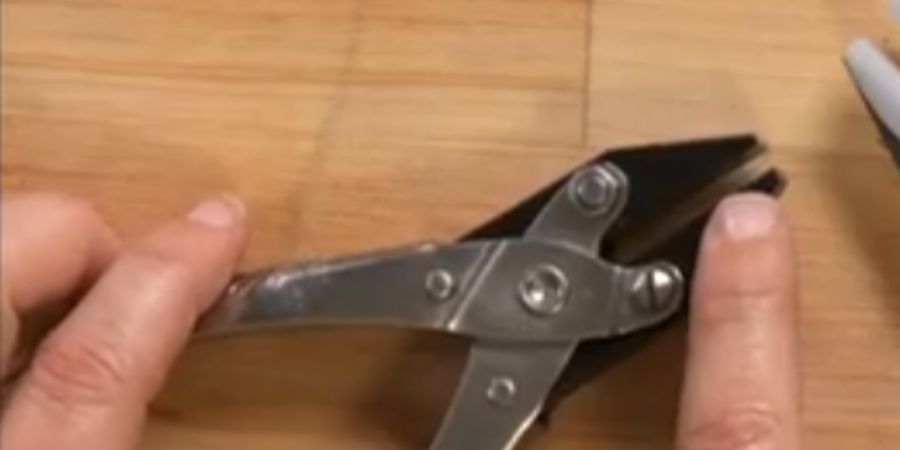
Cutting Pliers
Tailored for slicing through a broad spectrum of materials. Requires minimal hand effort, ensuring efficiency. Lacks versatility in gripping or bending tasks.
Combination Pliers
A versatile tool capable of gripping, bending, and cutting wire. Enhances workflow efficiency, reducing the need for tool changes. Smaller cutting jaws might not be suitable for wider materials.
End Cutting Pliers
Precision in flush cutting and removal tasks. Excels in precise applications. Limited to end cutting, reducing versatility for general cutting tasks.
Round Nose Pliers
Specialized for bending wire, particularly in jewelry making. Crafts even loops of various sizes with finesse. Less suitable for tasks requiring a flat grip.
Needle Nose Pliers
Designed for gripping and bending light materials in confined spaces. Long jaws for precision work. Less suitable for heavy-duty tasks due to the slender design.
Clamping Parallel Pliers
Holds items securely with a locking mechanism. Enables multitasking and provides a firm grip. The locking mechanism may be obstructive in tight spaces.
Crimping Pliers
Installs solderless electrical connections. Creates a secure seal/connection. Specialized for crimping tasks; less versatile.
Olive Cutting Pliers
Cuts olives from pipework. Offers a safer and more precise alternative. Limited to cutting olives; not designed for general use.
Jewelry Pliers
Tailored for intricate tasks in jewelry making. Specifically designed for delicate work. Not suitable for heavy-duty or general tasks.
Where Do You Use Wire Cutters?
I am describing the different types of wire cutters and their ideal areas of use. I hope you will benefit from using them in the right way.
Diagonal Cutting Pliers (Diagonal Cutter or Side Cutter)
Ideal for Applications: These versatile pliers are essential for demanding jobs, such as cutting small-gauge wires in electrical work, electronics, or crafting.
Wire Stripper
Ideal for applications: Designed specifically for delicate work, wire strippers are ideal for the electrical work, telecommunications and automotive industries, ensuring precise insulation removal for efficient wire preparation.
Center Cutter
Ideal for Application: With clean and precise cutting capabilities, center cutters are versatile tools suitable for a variety of industries including metalworking, carpentry and construction.
Flush Cutter (Wire Flush Cutter)
Ideal for Applications: Designed for flush cutting, these cutters find applications in electronics, jewelry making and model building, providing a neat finish without extending wire ends.
What Type of Pliers Can Be Used Instead of Wire Cutters?
Locking Pliers
Use for Cutting Wires
Locking pliers, also known as Vise-Grips, have a mechanism that allows them to lock onto an object. While they are not specifically designed for cutting, the jaws of locking pliers can be used to grip and cut wires, especially smaller ones.
Limitations
Locking pliers are not as precise as dedicated wire cutters. Their cutting action may leave the wire ends with some deformation.
Using locking pliers for frequent wire cutting may lead to quicker wear and tear of the tool, as cutting wires is not their primary function.
The cutting edges on locking pliers might not be as sharp as those on dedicated wire cutters, making them less effective for cutting harder or thicker wires.
Diagonal Pliers (Diagonal Cutters or Dikes)
Use for Cutting Wires
Diagonal pliers, or dikes, are specifically designed for cutting wires. They have sharp, angled jaws that make them suitable for cutting wires close to a surface.
Limitations
While diagonal pliers are effective for cutting most wires, they may struggle with very thick or hard wires.
Cutting very close to a surface with diagonal pliers can sometimes result in a slightly uneven cut, as the angle of the jaws might not be perfectly flush against the surface.
When using locking pliers or diagonal pliers instead of wire cutters, it’s important to be aware of their limitations and to use them within their designed capacities. For more precision and efficiency, especially in tasks involving frequent wire cutting, dedicated wire cutters remain the preferred tool.
FAQs
What is the Significance of Wire Cutters in Heavy-duty Cutting Tasks?
Wire Cutters are designed for heavy-duty cutting and are indispensable in construction and industrial settings. They ensure efficiency in handling thick wire gauges and provide clean cuts on large wires and cables.
Who is Credited With the Invention of Wire Cutters and Pliers?
No single inventor can be credited with the invention of wire cutters and pliers, as these tools, in the general sense, date back to ancient times. They likely evolved over millennia, serving purposes in handling hot materials during metalworking processes.
How Has the Material and Ergonomic Design of Pliers Evolved Over Time?
Pliers are primarily made of steel alloys with additives like vanadium or chromium to enhance strength and prevent corrosion. The handles often have grips made of different materials for better handling. Ergonomic improvements, such as bent handles to align with the arm and reduce muscle fatigue, have been ma
What Were the Early Uses of Pliers in Ancient Times?
Early metalworking processes, from several millennia BCE, would have required plier-like devices to handle hot materials during smithing or casting. The evolution from wooden to bronze pliers likely occurred prior to 3000 BCE.
conclusion
In this article I have highlighted the versatile uses of pliers and wire cutters. Hopefully you have gained a good understanding of them, and an ability to differentiate them. If my article is of any benefit to you, then share it with your friends and let them know about their differences.
Read also:

